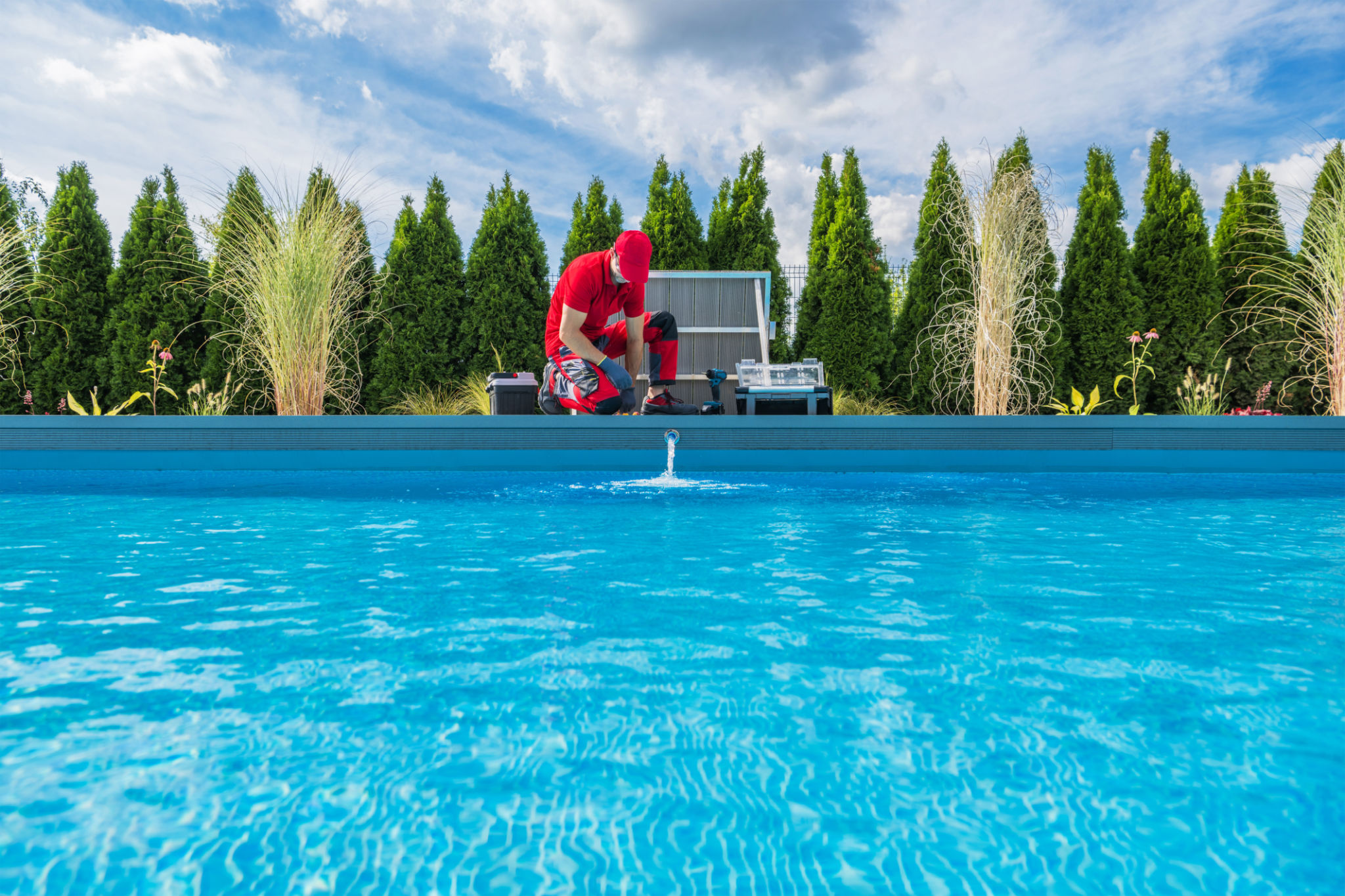Preparing Your Pool for the Off-Season: Essential Maintenance Tips
Understanding the Importance of Off-Season Maintenance
As the leaves begin to change and temperatures drop, it's time to start thinking about preparing your pool for the off-season. Proper maintenance during this period is crucial to ensure your pool remains in excellent condition and is ready for use when warmer weather returns. Neglecting these tasks can lead to costly repairs and a less enjoyable swimming experience.

Cleaning Your Pool Thoroughly
The first step in off-season preparation is a thorough cleaning. Remove all debris from the water, including leaves, twigs, and insects. Use a skimmer to clean the surface and vacuum the pool floor to ensure no dirt or algae remain. Don't forget to scrub the walls and steps with a pool brush to prevent any buildup that could cause stains or damage.
It’s also essential to clean the pool filter. Whether you have a cartridge, sand, or diatomaceous earth filter, each type requires specific maintenance procedures. Follow the manufacturer's instructions to backwash or clean your filter thoroughly.
Balancing Your Pool Water Chemistry
Proper water chemistry is vital for maintaining a healthy pool environment during the off-season. Adjust the pH, alkalinity, and calcium hardness levels to their recommended ranges. This helps prevent corrosion and scaling on pool surfaces and equipment. Additionally, shock the pool with a heavy dose of chlorine to eliminate any remaining contaminants.

Don't forget to add an algaecide to prevent algae growth during the months when your pool is not in use. These simple steps can save you time and hassle when it's time to reopen your pool.
Lowering the Water Level
It's important to lower the water level in your pool before covering it for the season. This prevents freezing water from causing damage to the tiles or skimmer. Drain the pool down to below the skimmer level, but remember not to completely empty it, as this can cause structural damage.

Winterizing Your Pool Equipment
To protect your pool equipment from freezing temperatures, you need to winterize it properly. Start by draining and removing any water from pumps, heaters, and filters. Store removable parts indoors if possible. For equipment that remains outside, consider using protective covers designed for winter conditions.
Additionally, ensure all pipes are drained or blown out with an air compressor to prevent them from cracking due to frozen water. This step is especially crucial in areas where temperatures drop below freezing.
Covering Your Pool
Once you've completed all necessary maintenance tasks, it's time to cover your pool. A high-quality pool cover keeps debris out and reduces the risk of algae growth during the off-season. Ensure the cover fits snugly and is securely fastened to withstand harsh weather conditions.

Consider using a solid cover or one with a mesh design, depending on your climate and personal preference. Regularly check the cover throughout the season for any signs of damage or sagging.
Regular Check-Ups During Off-Season
Even though your pool is covered and winterized, it's essential to conduct regular check-ups throughout the off-season. Inspect the cover for any tears or accumulated debris that could compromise its effectiveness. Also, keep an eye on water levels and chemistry if possible.
By following these essential maintenance tips, you'll ensure your pool remains in excellent condition all year round. Proper preparation can make opening your pool in the spring a breeze, allowing you to enjoy a clean and inviting swimming environment as soon as temperatures rise.
